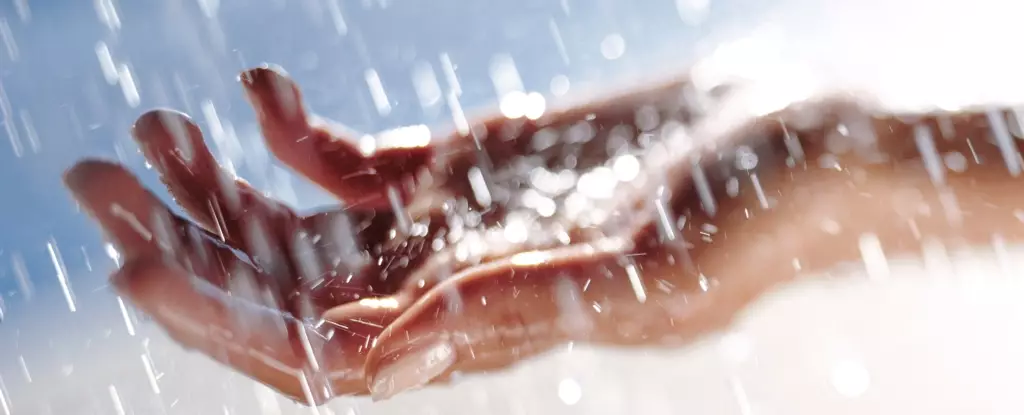Aquagenic urticaria, commonly known as “water allergy,” is a rare and perplexing medical condition that triggers severe skin reactions upon contact with water. Individuals like 22-year-old Loren Montefusco from South Carolina, US, suffer from this disorder, experiencing excruciating burning itchiness deep within their skin whenever water touches them. This condition has puzzled both patients and medical professionals alike, leading to a deeper exploration of its underlying causes and potential treatment approaches.
Researchers have linked aquagenic urticaria to specific genetic mutations, particularly in genes like FABP5, which play a crucial role in skin barrier function. These mutations disrupt the skin’s ability to repel water, setting off an inflammatory response that manifests as hives, welts, and itching. Variations in genes involved in immune regulation and skin integrity further contribute to an individual’s susceptibility to this condition. While environmental factors like hormonal changes or chemical exposure can also influence its severity, understanding the genetic basis offers valuable insights into the disease’s mechanisms and potential therapeutic interventions.
Despite significant advancements in the understanding of aquagenic urticaria, much about this condition remains shrouded in mystery. Integrating knowledge from genetics, immunology, and dermatology has allowed scientists to delve deeper into the secrets of this rare water allergy, paving the way for improved diagnosis and management strategies. With fewer than 100 reported cases globally, the rarity of water allergy only adds to its enigmatic nature, leaving a lasting impact on those affected by it.
Managing aquagenic urticaria presents a formidable challenge for both patients and healthcare providers. While conventional allergy treatments like antihistamines and corticosteroids offer temporary relief, they may not address the root cause of the condition. Experimental therapies such as phototherapy and biologic agents show promise in calming the immune response and reducing inflammation, offering a more targeted approach to long-term symptom management. Avoiding water altogether is a tricky task, necessitating careful planning and the use of protective barriers like emollient creams to minimize symptom severity.
Counselling and support groups play a crucial role in helping individuals navigate the emotional challenges of living with a chronic and poorly understood condition like aquagenic urticaria. Providing coping strategies and fostering resilience can empower patients to better cope with the uncertainties and stressors associated with their condition, ultimately improving their overall quality of life. Continued research into the immune system mechanisms underlying aquagenic urticaria is essential for developing new and effective treatments, emphasizing the importance of ongoing clinical trials and studies to evaluate the efficacy and safety of emerging therapeutic approaches.
Aquagenic urticaria remains a fascinating enigma in the realm of medical anomalies, highlighting the intricate interplay between genetics, immunology, and environmental factors in the development and management of rare conditions. By unraveling the mysteries of water allergy and exploring innovative treatment strategies, we can offer hope and relief to those grappling with this challenging disorder.


Leave a Reply